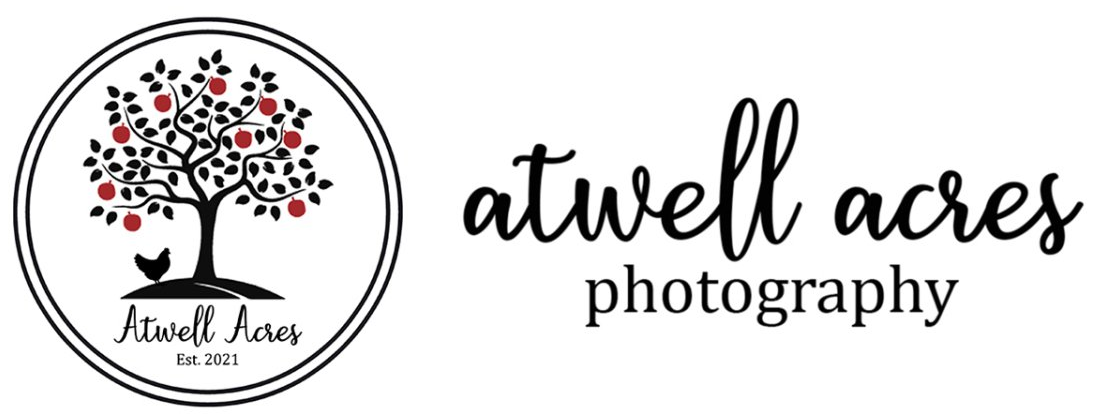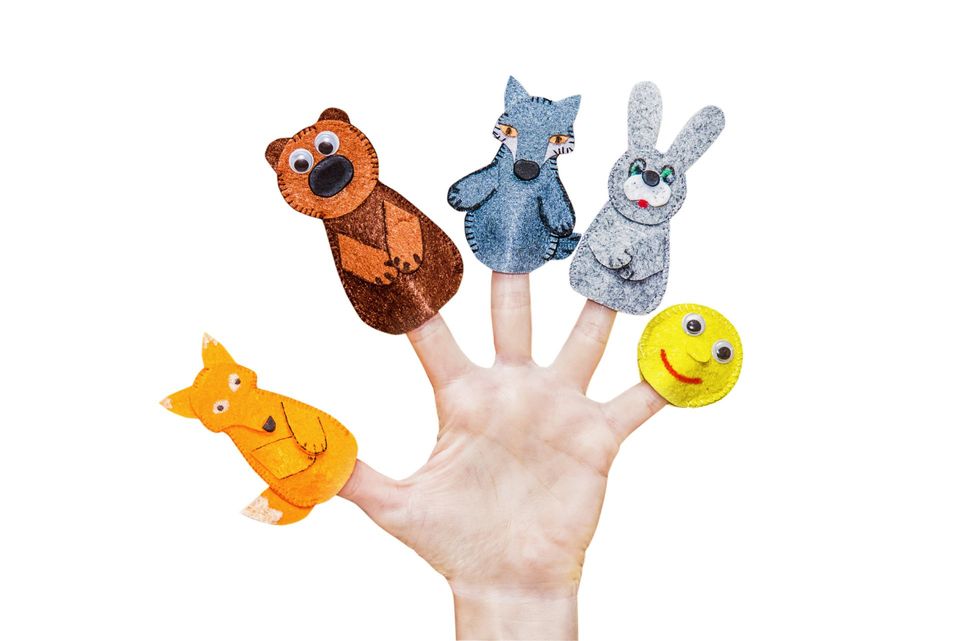How to Play with Your Baby | Month Two
How to play with your baby, 2 months old
You made it! The first month of your baby’s life is a unique adjusting period for you both. It’s often filled with the sweetest snuggles and incredible bonding moments, but it’s also exhausting. After about the second week, the night feedings might seem endless, but with the second month comes even more bonding. Your baby will understand the world a little more – like day vs night – and you will understand your baby’s needs a little better.
Tip: You may have encountered the “ Period of Purple Crying ” – a phase when your baby cries for no reason at all during the evening hours. If you’re struggling with the Period of Purple crying, remember:
1) You’re not alone. Most babies go through some form of crying phase.
2) It has an end. It typically ranges between 2 weeks – 3 months.
3) You have resources. Visit the Purple Crying link above, and check out the Happiest Baby calming method – read more about the soothing method [ here ].
Now that you’re falling into a good rhythm with your little one, you may be wondering how to plan out your baby’s very unique 24-hour schedule. You can find schedules galore on Pinterest, but sometimes that can be overwhelming – something you don’t need right now.
Tip: Instead of a strict schedule (which could end up making things harder than easier), focus on getting into a routine .
It’s All About the Routine – Finding a Rhythm
To make it simple, just follow the rule of:
1. Eat – As soon as your baby wakes up, start encouraging her to get a solid meal in. Find a comfortable, well-lit area with few distractions. Talk to your baby and make eye contact. Whether you’re nursing or bottle feeding, this is a great time to bond. When your baby takes time to finish a full meal, it will help prevent endless snacking.
2. Play – After the meal, burp your baby and move on to play time. Keep reading for ideas on how to play with your two-month-old. At this age, your baby can stay awake for 60 – 70 minutes (including their feeding time) before needing another nap.
3. Sleep – Once your baby loses interest in play time, watch for these sleepy cues to start winding down and getting ready for another 1 – 1.5-hour nap [ 1 ].
· Yawning
· Staring
· Less Social/Vocal
· Disinterest
Tip: If your baby has become fussy or inconsolable, or if your little one has started rubbing his or her eyes, these are cues that play/wake time was too long. Nap time should be bumped up sooner. Record your baby’s times, and you’ll probably start to recognize patterns. Wake times in the morning are usually longer than in the evening.
10 Activities You Can Do with Your Two-Month-Old
On to the fun stuff: play time! At two months old, your baby is probably doing a few of these things [ 2 ]:
· Smiling
· Learning to self-soothe
· Eye-tracking
· Becoming bored
· Holding head up
· Pushing up
· Making smoother movements
Self-soothing, the senses, and bonding are crucial developments this month, so we’re going to focus on activities that encourage self-soothing, motivate interaction, and foster security:
Social Skills
1) Mirror Play – Prop up a mirror that encourages your baby to look up during tummy time. Babies love to see their own faces. When sitting together, use a mirror to point out baby’s facial features, and then show her your own. Demonstrate different expressions – sad, happy, silly, surprised, etc.
2) Copy Cat – During tummy time or while sitting together, imitate your baby’s sounds and movements. He will realize you are doing the same motions and may even begin to play along with bigger movements and more sounds. While you bond, the game encourages social interaction and builds a foundation for communication skills.
3) Finger Puppets – Use colorful finger puppets to tell a story to your baby. This will help with focus as well as communication skills. Let your baby talk back and touch the characters to engage her even more. When she’s old enough, she can wear the puppets and tell you a story!
4) Babbling Baby – Carry on a conversation with your baby by acting like you can understand him. Demonstrate how conversation works by utilizing response time, taking turns, and changing your inflection and tone of voice. Check out this adorable video of dad and son talking together [ here ]!
5) Play Dates – At month two, you may be feeling a little antsy after being stuck in the house for a few weeks. Meet a friend at your favorite park to get some fresh air, social interaction – for yourself! – and play time for baby. He can’t do much yet, but a walk or jog in the stroller or hanging out in the baby carrier will let your baby experience the outside world and meet other people. It’s great for you both!
Motor Skills
6) Tummy Time – You already know about this one, but most likely, your baby isn’t a huge fan. To help him enjoy it more, use a small chest pillow or rolled blanket or towel to prop up his chest more. Start with just 2 minutes at a time, then increase to 5, then eventually 15. Place a couple interesting, musical, or colorful toys just out of his reach to encourage looking up. To help him out, do tummy time with your baby. Lay on the floor in front of him and carry on a conversation and play with him.
7) Massage – Don’t skip this one! Infant massage has shown HUGE benefits ranging from better sleep, immune support, colic relief, motor skill development, and more! (It really needs its own category on here.) Read about the research, benefits, and techniques in “How to Massage a Baby” at Parents.com. (After this, take some time to schedule your own massage – you deserve it!)
8) Dancing Baby – While your little one is laying down, turn on some music and move her arms and legs to the beat. This will also help with her sense of rhythm. When she’s strong enough, let her put weight on her legs and stand while you hold her upper body for support. Encourage her to dance and move up and down. You can also hold your baby and dance together to the beat!
Sensory Skills
9) Sensory Bag – Fill a well-sealed Ziploc with non-toxic paint. Encourage your little one to swirl the colors. You can also fill a sensory bag with leaves, foam shapes, shells, pom poms – whatever you like that your baby will want to examine and move around in the bag. This enhances their eye-tracking, focus, and sense of touch.
10) Reading – Continue reading with your baby. For the first few months, pick out high-contrast, interactive books to encourage focus and eye-tracking. You can also incorporate sensory play through tactile books. Just to name a few, we love books by:
o Skip Hop
o Usborne
Resources:
2) WebMD






